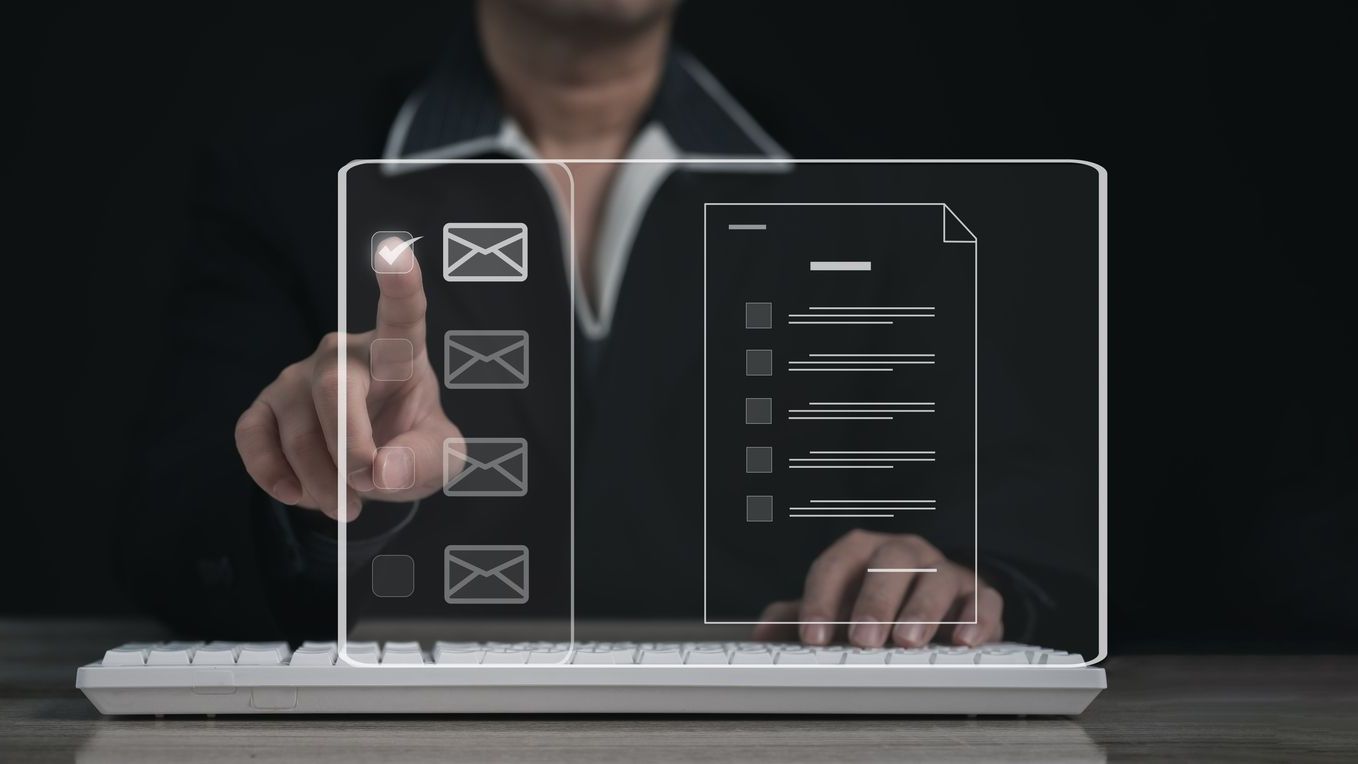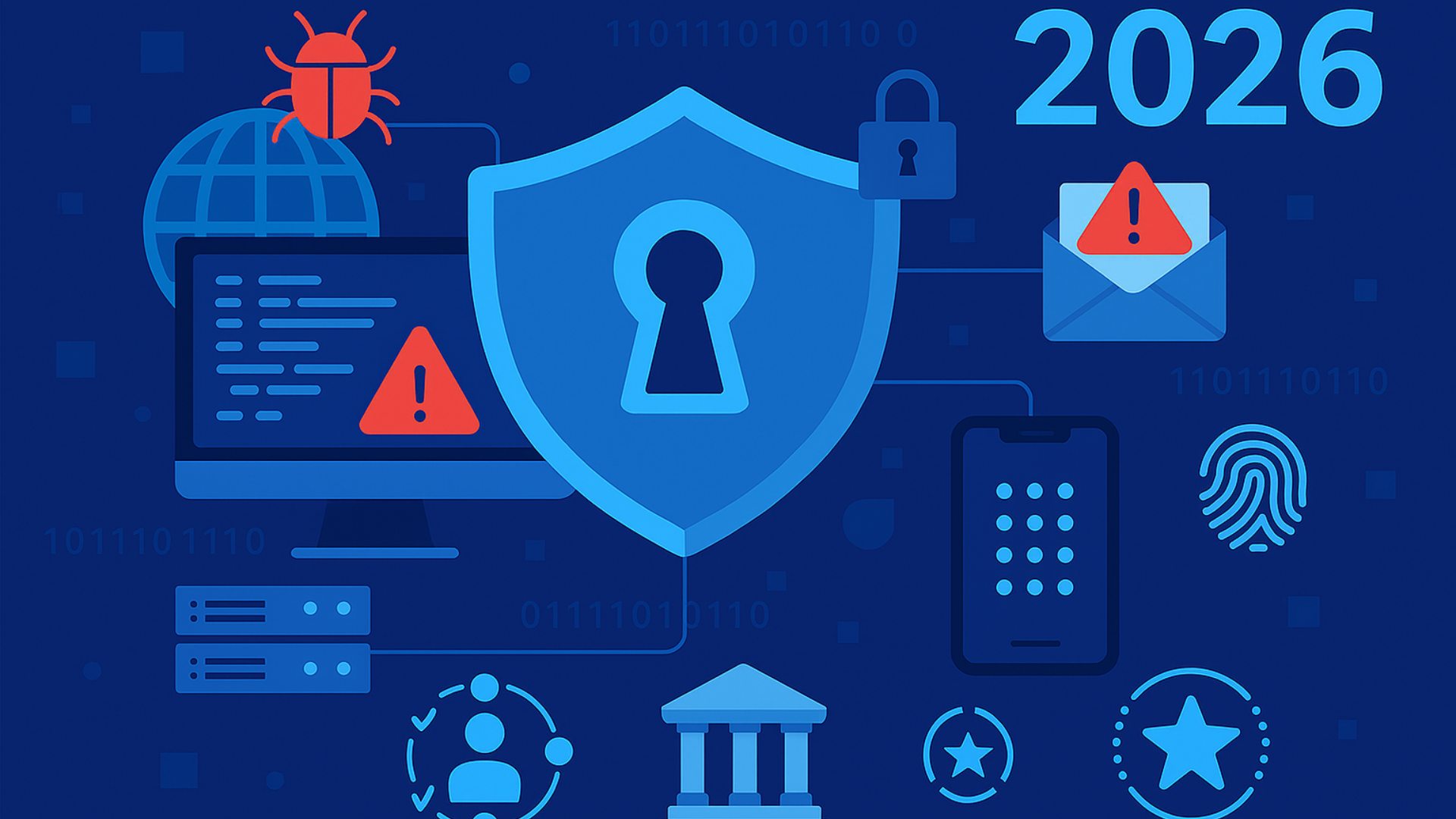There is no hiding the fact that we are living in a digital-first world, largely driven by a digital-first workplace. And while we were well on our way before the events of 2020 and 2021, the global COVID-19 pandemic and its subsequent impact on the way people work fast-tracked the process.
This is particularly true for small to medium-size businesses (SMBs). While a lot of enterprises had laid the groundwork to dive headfirst into a digital-first, work-from-home world, SMBs had to accelerate that transition—and in many cases, much more quickly than they were prepared for. As a result, many went into survival mode.
SMBs can now take a step back to evaluate the systems they put in place at the start of the pandemic. They may find that, while those systems might have worked on the fly, they are not sustainable long-term. For example, did these SMBs consider securing the identity of their end users and employees who may be logging into business applications remotely and connecting to cloud-based solutions?
Managed service providers (MSPs) are in a unique position to help SMBs strengthen their technology systems and steer them toward the ideal intersection: where the seamless online user experience (UX) customers demand meets stronger identity security that cannot be compromised.
Why That Intersection?
Delivering a balance between seamless user experiences and strong identity security provides two primary benefits.
First, focusing on a strong user experience is a key element to establishing brand loyalty—not just with the end customer but for employees as well. MSPs should guide their SMB clients toward strategies that enable frictionless authentication experiences—rather than clumsy, multistep logins that can easily frustrate customers and impact employee productivity—so that users keep wanting to come back.
Second, security is more important than ever as the remote workforce has exponentially expanded the perimeter businesses want to protect. SMBs are particularly vulnerable to malicious actors as they may not have the resources necessary to implement layered security for cyber resilience. This makes things like authentication and verification of identities especially important to ensure the individuals accessing their systems are who they say they are.
How Do We Get There?
The natural next question is, how can MSPs guide their SMB partners toward that intersection? Start by identifying goals that a strong UX can help achieve, such as renewals or loyalty. Loyalty can’t be achieved if users are constantly running into authentication roadblocks such as repeated login requests or complex and lengthy form fills. In fact, a recent survey found that over half (56%) of online customers have abandoned an online service when logging in was too frustrating.
However, reducing friction cannot come at the expense of security. Users expect their interactions with organizations to be safe and trust their data will remain secure. The impact of any data breach can be significant, but for smaller businesses it can be even more detrimental.
Leveraging security measures that rely on identity allows SMB customers to reduce friction and adapt based on the level of risk identified, including whether users provide a password, are prompted for multifactor authentication (MFA), or should be denied access. This creates a robust layer of security that helps customers do what they need without getting in their way.
Identity security can also simplify customer interactions by only asking for the right amount of information during the first interaction, enabling self-service to reset accounts or change passwords, and removing any redundancies. All these factors result in less friction, making it convenient for users to keep choosing a customer’s business.
Reduce Risk, Strengthen Business
Identity security is key to preventing data breaches, detecting and mitigating fraud, and protecting user data. By evaluating signals from a wide variety of identity services, SMBs can detect unusual behavior to identify bad actors and deny access to bots or fraudsters to prioritize real customers.
For MSPs, the goal is to help SMBs manage their business while understanding their unique needs. In many cases, this means offering choices and ways to boost efficiencies. No-code orchestration capabilities provide choices by centralizing various systems into one seamless identity platform, including those that span vendors and domains. This also enables businesses to utilize services they already have without the extra resources to build or manage them, providing the flexibility that is especially crucial for SMBs that aim to do more with less.
Embedding identity security into the customer experience will improve loyalty and achieve business benefits in the form of cost and time savings. Identity orchestration tools can help find the ultimate balance of security and experience by integrating with existing platforms and offering more admin flexibility. To keep customers coming back, remove all the obstacles standing in the way and leverage identity solutions that make security invisible.
ALEX RYALS is vice president of channel sales at Ping Identity.













